The NSF (Functional Nanostructures) team is at the crossroads of spin dynamics and photonics and aims to study and develop functional, magnetic, nano-structured objects for the processing and transmission of information, with a view to developing innovative applications combining high performance and energy efficiency, that can replace traditional electronic devices.
Research topics
The NSF team falls under two major themes: the exploitation of magnetism in order to develop devices involving spin waves, and the use of magnetization as a means of controlling the properties of functional photonic structures.
The first theme is centered around magnonics, a new discipline combining microwave engineering and nanomagnetism, which presents itself as a mine of innovative applications breaking with conventional electronics. One of its key properties is that the spin transfer between electrons can be achieved independently of electric current, which reduces energy consumption and heat emission. The physics of spin transport mechanisms offers several avenues, of which one of the most promising is the use of spin waves (or their energy quanta, magnons). With a view to the development of new information technologies operating in the microwave range (1-50 GHz), spin waves open up prospects for innovative applications (such as non-Boolean logic, parallel data processing, or neuromorphic informatics). In addition, the wavelengths of magnons (100 nm – 100 μm), much shorter than the electromagnetic wavelengths, as well as the non-reciprocity of their dispersion relation, make it possible to consider the miniaturization of traditional microwave devices (insulators, circulators, delay lines ...).
The second theme is centered on the modeling of nanostructures exploiting magnetophotonics and / or plasmonics. A recent result within the team concerns the resonant amplification of surface plasmon polaritons (SPPs) in a carbon nanotube supporting a dc electric current. Extending this principle to magnons is an important goal. We will also be interested in the inclusion of magnetic media in multilayered structures (e.g. magnetophotonic crystals, whose photonic bandgaps can be controlled by magnetization). We are studying the coupling between magnetophotonic and electro-optical layers in order to amplify and control beam shifts (Goos-Hänchen and Imbert-Fedorov effects) that are extremely sensitive to very low ambient disturbances — which opens the way to the design of nanosensors (temperature, gas pollution, etc.). We are also looking for new functionalities combining magnetophotonics and magnetoplasmonics, in order to control the properties of plasmons via magnetic fields or, conversely, to control the magnetic properties with light.

Means and equipment
The “magnonic” component of the NSF team benefits from equipments currently under construction (a very wide-band bench (50 GHz) for the characterization of thin films by ferromagnetic resonance (FMR), and point probe station dedicated to the spectroscopy of propagating spin waves in nanolithographed objects). Longer-term investments will aim to develop a cryogenic bench equipped with superconducting coils for the study of cavities (quantum magnonics).
The "magnetophotonics" part of the NSF team uses numerical solvers for its modeling activities, in particular COMSOL Multiphysics.
National and international positioning
The NSF team benefits, for the study of magnonic devices, from collaborations with local academic and industrial partners (Elliptika, UBO-Optimag), as well as French (IPCMS) and international (University of Western Australia, University of Vienna) academic partners.
The magnetophotonic and plasmonic modeling activities of the team also are also led in close collaboration with French (FOTON Institute) and international (Ulyanovsk State University (Russia), Adam Mickiewicz University in Poznań (Poland)) partners.
